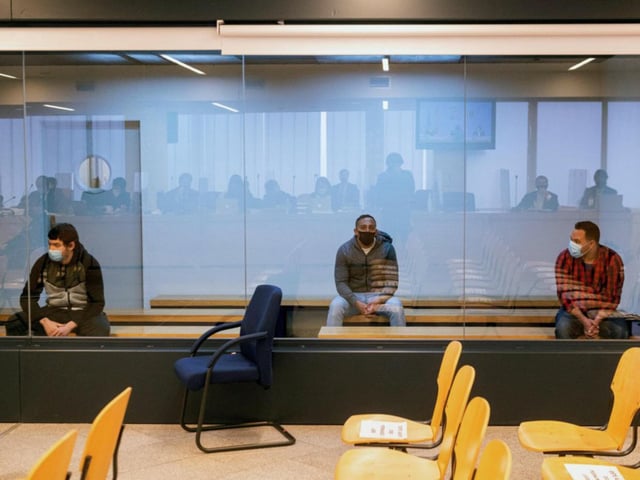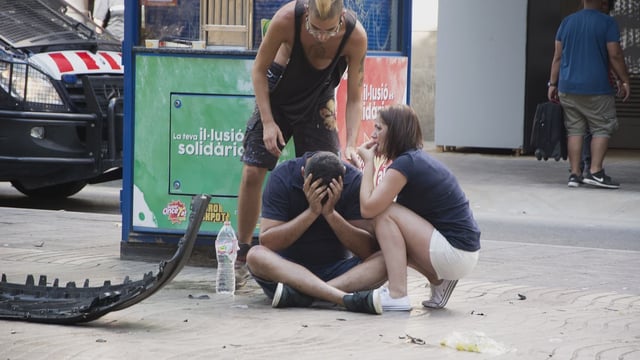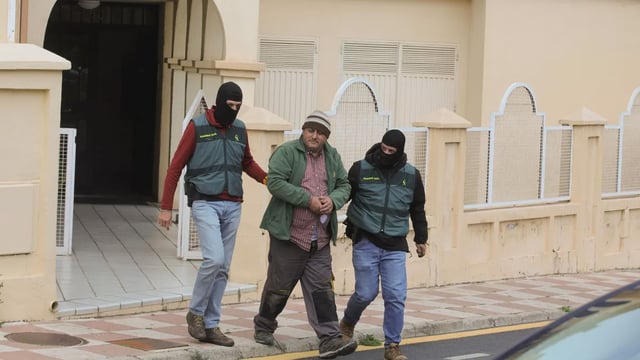Overview
- The multi-author analysis published on the eighth anniversary synthesizes Mossos d’Esquadra investigation materials and about fifty in-depth interviews to chart risk and protective factors in the Ripoll cell’s radicalization.
- Investigators place central responsibility on imam Abdelbaki Es Satty, whose offline manipulation within a close-knit network outweighed the influence of ISIS propaganda, which only half of the cell consumed online.
- Researchers identify interlinked risk factors—including criminal histories, traumatic life events, psychological vulnerabilities and perceptions of social rejection—that overpowered protective influences such as education, work and wider social ties.
- The study calls for early, multidimensional interventions across education, social services and community policing plus sustained prison monitoring, noting that prison-based radicalization often does not continue after release.
- Authorities underscore that enhanced interagency and international intelligence cooperation, notably with Morocco, has helped avert additional jihadist plots since 2017.



